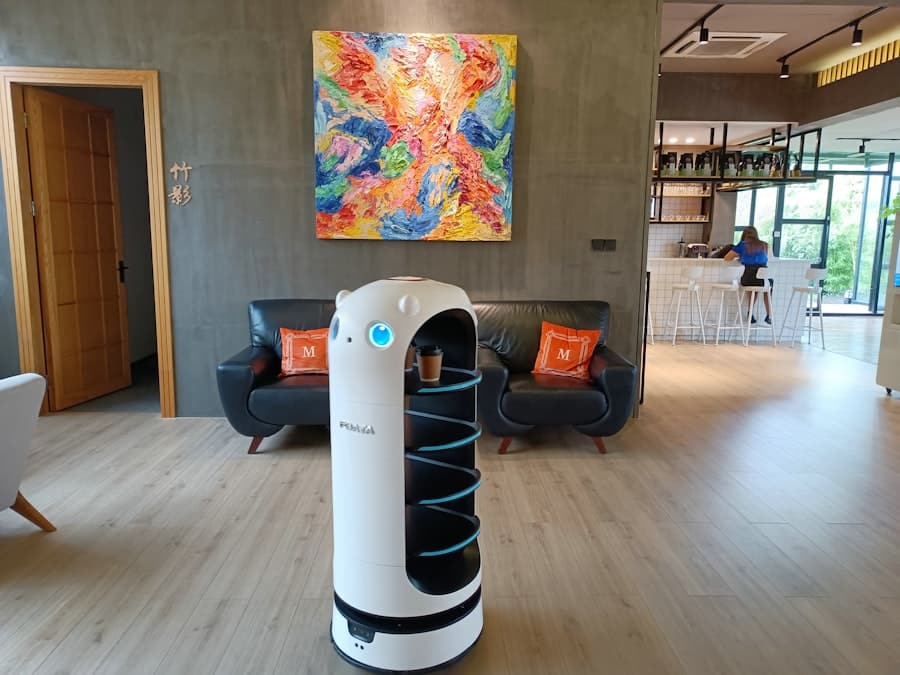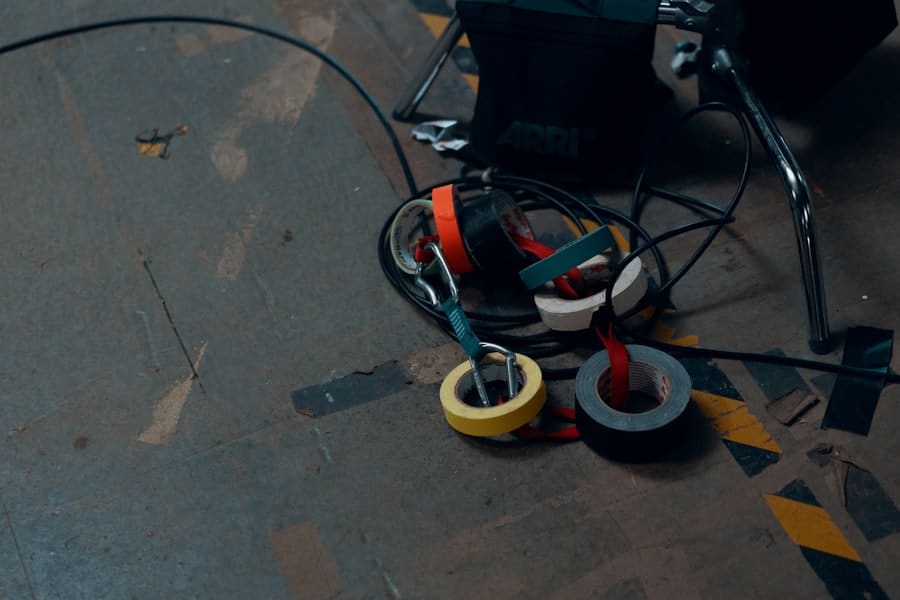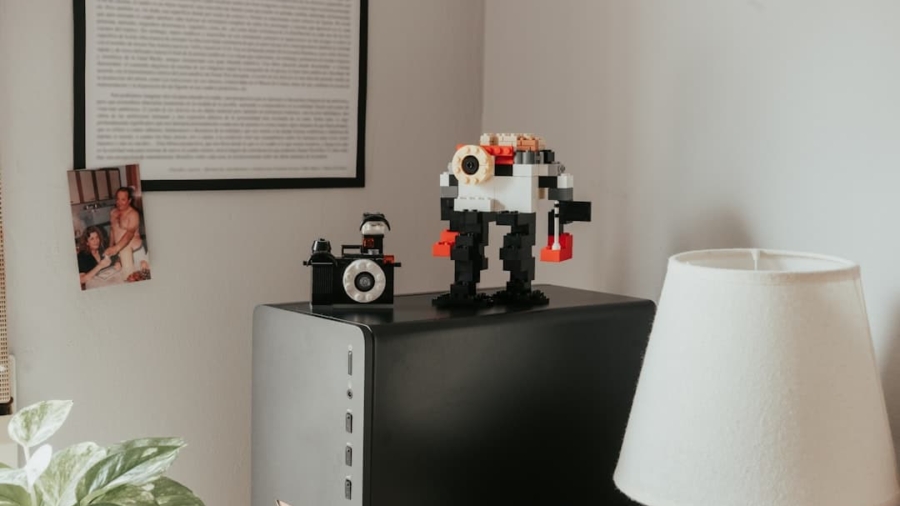The concept of home robots has transitioned from the realm of science fiction into a tangible reality, capturing the imagination of consumers and technologists alike. These devices, designed to assist with various household tasks, have evolved significantly over the past few decades. Initially, the idea of a robot performing chores was limited to rudimentary machines that could only execute simple tasks.
However, advancements in technology have led to the development of sophisticated robots capable of navigating complex environments, learning from their surroundings, and even interacting with humans in meaningful ways. As society becomes increasingly busy and urbanized, the demand for home robots that can alleviate the burden of daily chores has surged. Home robots encompass a wide range of devices, including vacuum cleaners, lawn mowers, and even personal assistants that can manage errands.
The appeal of these robots lies not only in their ability to save time but also in their potential to enhance the quality of life for individuals and families. As we delve deeper into the current state of home cleaning and errand robots, it becomes evident that these devices are not merely novelties; they represent a significant shift in how we approach household management and personal productivity.
Key Takeaways
- Home robots are becoming increasingly popular for tasks such as cleaning and running errands, offering convenience and efficiency to users.
- Current home cleaning and errand robots are capable of performing a variety of tasks, from vacuuming and mopping to delivering items within the home.
- Advancements in home robot technology include improved navigation systems, longer battery life, and enhanced obstacle detection capabilities.
- Integration of AI and machine learning in home robots allows for improved decision-making, personalized user experiences, and adaptive behavior.
- Potential benefits of home cleaning and errand robots include time savings, reduced physical labor, and improved accessibility for individuals with mobility limitations.
Current State of Home Cleaning and Errand Robots
Autonomous Navigation and Efficient Cleaning
Robotic vacuum cleaners, such as the Roomba by iRobot, have become household staples, known for their ability to autonomously navigate rooms while efficiently picking up dirt and debris. These devices utilize a combination of sensors and algorithms to map out living spaces, allowing them to clean systematically rather than randomly.
Advanced Features and Specialized Devices
The latest models are equipped with advanced features such as self-emptying dustbins, scheduling capabilities via smartphone apps, and even integration with smart home systems. In addition to vacuuming robots, there are also specialized devices designed for other cleaning tasks. For instance, robotic mops like the Braava series can tackle hard floors by using damp cloths to remove stains and grime.
Outdoor Tasks and Growing Variety of Options
Furthermore, there are robots designed for outdoor tasks, such as robotic lawn mowers that can autonomously trim grass while avoiding obstacles. The current landscape is characterized by a growing variety of options tailored to specific cleaning needs, making it easier for consumers to find solutions that fit their lifestyles.
Advancements in Home Robot Technology

The technological advancements driving the evolution of home robots are multifaceted and encompass improvements in hardware, software, and user interfaces. One significant area of progress is in sensor technology. Modern home robots are equipped with an array of sensors that allow them to perceive their environment in real-time.
This level of spatial awareness was previously unattainable in earlier models, which often struggled with basic navigation. Moreover, battery technology has also seen substantial improvements, allowing home robots to operate for longer periods without needing a recharge.
Lithium-ion batteries have become the standard due to their high energy density and longevity. This advancement means that robots can cover larger areas in a single cleaning cycle, making them more effective in larger homes. Additionally, the integration of more powerful processors has enabled robots to perform complex computations quickly, enhancing their ability to learn from user interactions and adapt to changing environments.
Integration of AI and Machine Learning in Home Robots
Artificial intelligence (AI) and machine learning (ML) have become integral components of modern home robots, significantly enhancing their functionality and user experience. These technologies allow robots to learn from their interactions with users and their environment over time. For instance, many robotic vacuum cleaners now employ machine learning algorithms that enable them to recognize different types of flooring and adjust their cleaning methods accordingly.
This adaptability not only improves cleaning efficiency but also prolongs the lifespan of the device by preventing unnecessary wear on components. Furthermore, AI-driven features such as voice recognition and natural language processing have made it possible for users to interact with their home robots more intuitively. Users can issue commands or ask questions using simple voice prompts, making the technology accessible even to those who may not be tech-savvy.
This level of interaction fosters a sense of companionship between users and their robots, transforming them from mere appliances into helpful household members.
Potential Benefits of Home Cleaning and Errand Robots
The benefits of incorporating home cleaning and errand robots into daily life are manifold. One of the most significant advantages is the time savings they provide. By automating routine tasks such as vacuuming or lawn mowing, individuals can reclaim hours each week that can be spent on more meaningful activities or leisure pursuits.
This is particularly valuable for busy families or professionals who struggle to balance work commitments with household responsibilities. In addition to time savings, home robots can contribute to improved cleanliness and hygiene within the home. For example, robotic vacuum cleaners equipped with HEPA filters can effectively capture allergens such as dust mites and pet dander, leading to better indoor air quality.
This is especially beneficial for individuals with allergies or respiratory issues. Moreover, the consistent cleaning provided by these devices can help maintain a tidy living environment, reducing stress and promoting overall well-being.
Challenges and Limitations of Home Robots

Financial Barriers
One primary concern is the cost associated with these devices. While prices have decreased over time, high-end models can still represent a significant investment for many households. This financial barrier may prevent some consumers from exploring the benefits of robotic assistance.
Limitations of Current Technology
Another challenge lies in the limitations of current technology regarding complex tasks. While home robots excel at repetitive cleaning functions, they often struggle with more intricate chores that require human judgment or dexterity. For instance, tasks such as washing windows or organizing cluttered spaces remain outside the capabilities of most consumer-grade robots.
Operational Challenges
Additionally, issues related to battery life and charging cycles can disrupt cleaning schedules if not managed properly.
Ethical and Privacy Considerations for Home Robots
As home robots become more integrated into our daily lives, ethical and privacy considerations emerge as critical topics for discussion. Many modern robots are equipped with cameras and sensors that collect data about their surroundings, raising concerns about surveillance and data security. Users may be apprehensive about how this data is stored, who has access to it, and whether it could be misused.
Moreover, there is an ethical dimension related to job displacement as automation becomes more prevalent in household tasks traditionally performed by humans. While home robots can enhance convenience for consumers, they may also contribute to a reduction in demand for certain service jobs within the cleaning industry. This raises questions about the broader implications of automation on employment and economic inequality.
Future Outlook for Home Cleaning and Errand Robots
Looking ahead, the future of home cleaning and errand robots appears promising as technology continues to advance at a rapid pace. Innovations in AI will likely lead to even more sophisticated machines capable of performing a wider array of tasks with greater efficiency. For instance, future models may incorporate advanced computer vision systems that allow them to recognize objects and navigate cluttered environments more effectively.
Additionally, as smart home ecosystems become increasingly prevalent, we can expect greater integration between home robots and other connected devices. This could lead to seamless coordination between various appliances within a household, optimizing energy usage and enhancing overall efficiency. The potential for collaboration between different types of robots—such as those designed for cleaning and those intended for security—could further expand their utility.
As consumer acceptance grows alongside technological advancements, we may witness a shift in societal attitudes toward home automation. The perception of home robots as valuable assistants rather than mere gadgets will likely pave the way for broader adoption across diverse demographics. Ultimately, as these devices become more capable and affordable, they will play an increasingly integral role in shaping our domestic lives in ways we are only beginning to understand.
In a recent article discussing the future of home robots that handle cleaning and errands, it is interesting to note the top trends on Instagram for 2023. According to enicomp.com, social media platforms like Instagram are constantly evolving and influencing consumer behavior. As technology continues to advance, it is likely that home robots will become even more integrated into our daily lives, potentially impacting how we interact with social media platforms like Instagram.
FAQs
What are home robots that handle cleaning and errands?
Home robots that handle cleaning and errands are autonomous machines designed to perform household tasks such as vacuuming, mopping, and picking up items. They are equipped with sensors and artificial intelligence to navigate and complete tasks without human intervention.
How do home robots that handle cleaning and errands work?
These robots use a combination of sensors, cameras, and mapping technology to navigate and identify obstacles in the home. They are programmed to perform specific tasks such as vacuuming or picking up items, and can be controlled through a mobile app or voice commands.
What are the benefits of using home robots for cleaning and errands?
Using home robots for cleaning and errands can save time and effort for homeowners. These robots can perform repetitive tasks efficiently and can help maintain a clean and organized home environment. They can also be programmed to operate on a schedule, providing convenience for busy individuals.
What are the limitations of current home robots for cleaning and errands?
Current home robots for cleaning and errands may have limitations in terms of navigating complex environments, handling certain types of surfaces or objects, and performing tasks with high precision. Additionally, they may require regular maintenance and supervision to ensure optimal performance.
What is the future outlook for home robots that handle cleaning and errands?
The future of home robots for cleaning and errands is expected to involve advancements in artificial intelligence, machine learning, and robotics technology. This may lead to more sophisticated and capable robots that can handle a wider range of household tasks with improved efficiency and autonomy.

